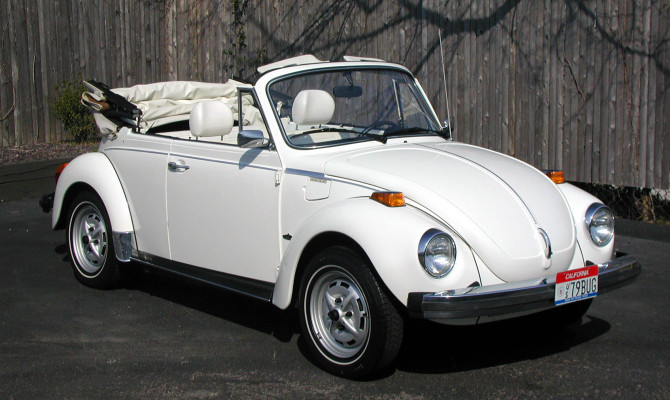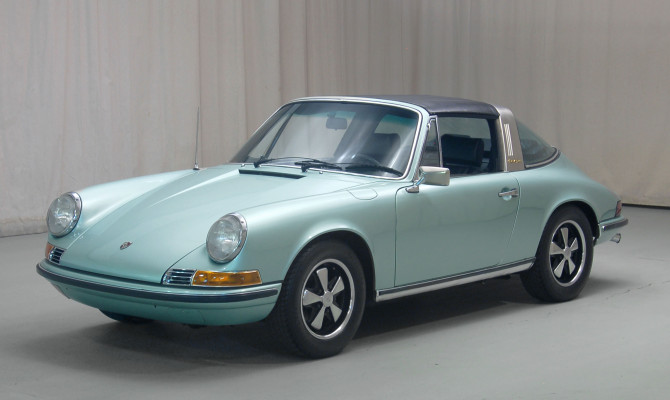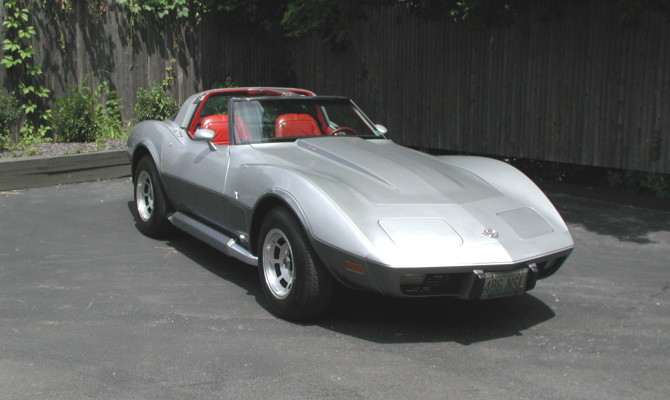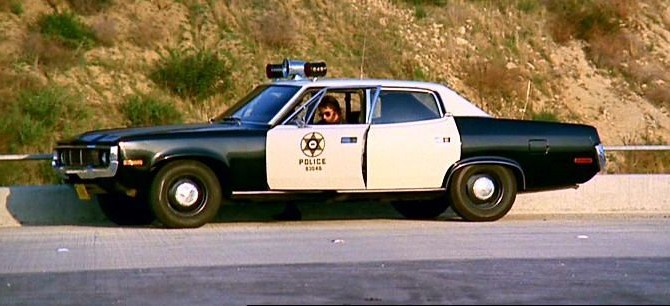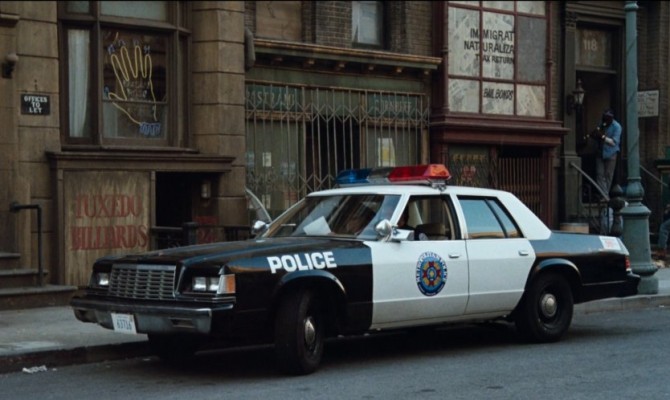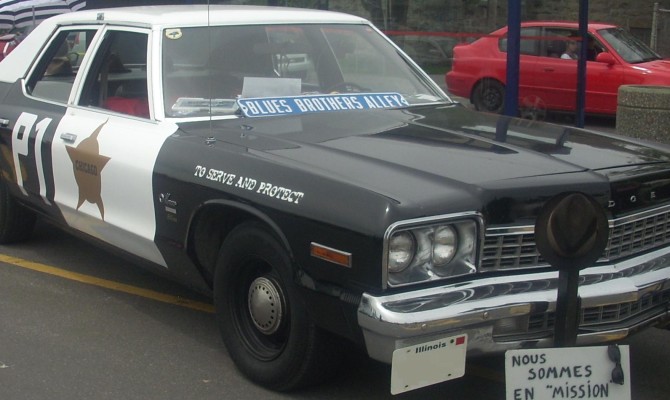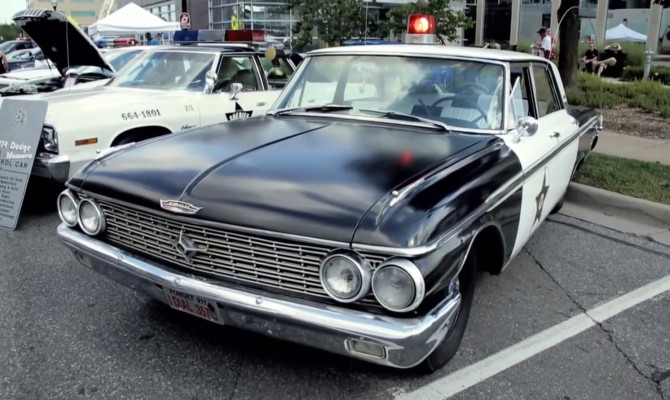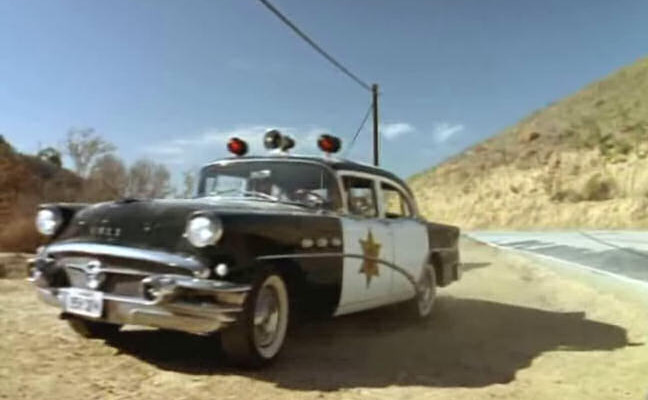“There’s a huge incentive for auto manufacturers to try to introduce unique trucks in an effort to expand their existing model lines and fatten corporate treasuries.”
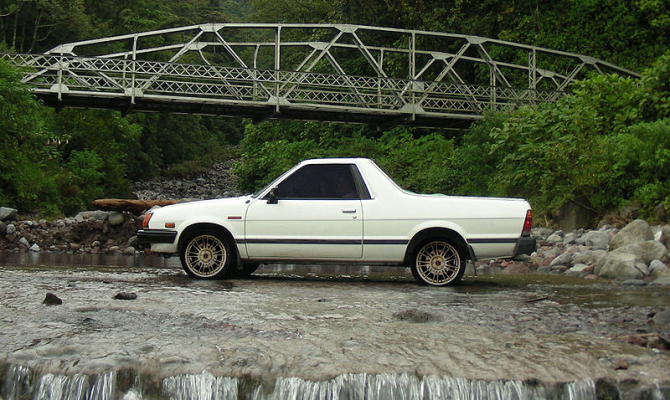
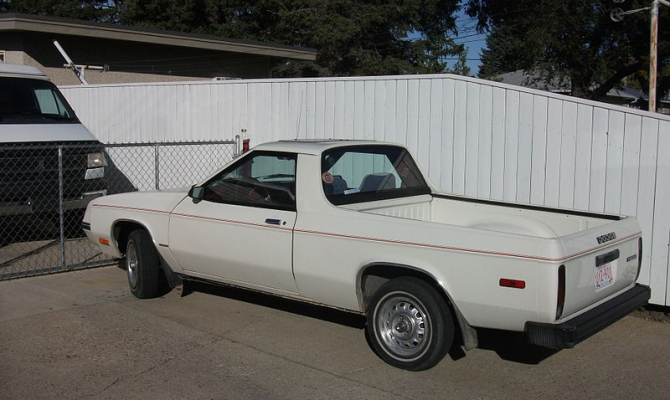
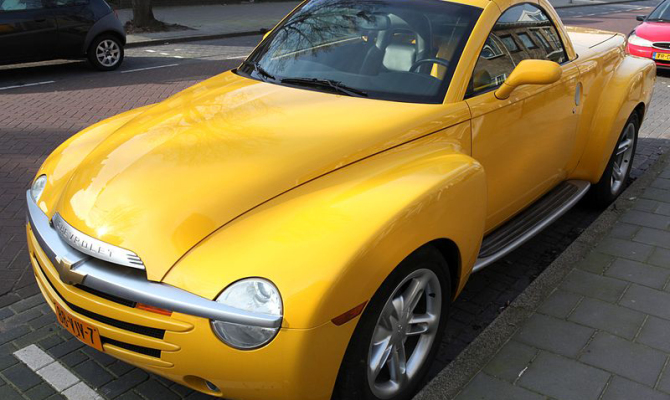
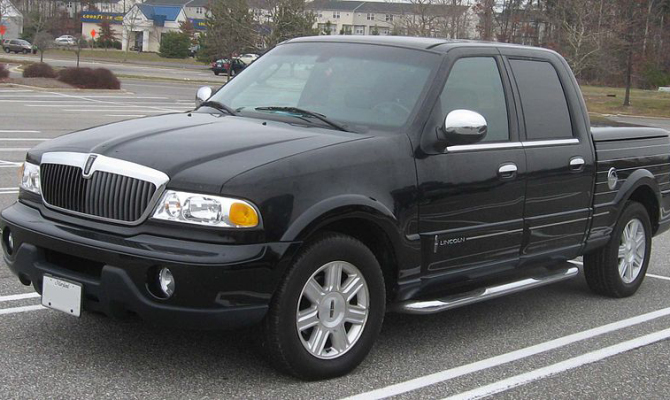
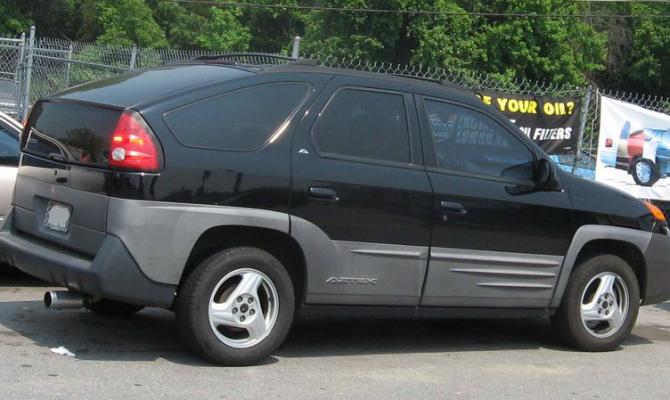
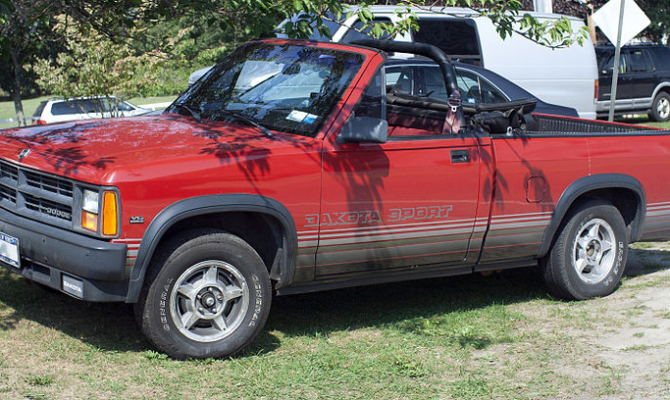
by Larry Pintz
Over the past two decades, America has become a land of truck drivers as SUVs, crossover SUVs, minivans and pickups have grown to account for the majority of light vehicle sales in the United States. In fact, the most popular vehicle in the world for more than three decades has been the Ford F-150, which, according to Morgan Stanley, accounts for 90 percent of Ford Motor Company’s global profits.
Given that kind of profit margin, and considering that in a typical year 16 million new vehicles are sold, there’s a huge incentive for auto manufacturers to try to introduce unique trucks in an effort to expand their existing model lines and fatten corporate treasuries.
For the most part, these efforts succeed. Neither a Cadillac Escalade nor a BMW X5 seem as strange as they did a decade ago. But here are other efforts that seemed like a sure bet but somehow missed the mark.
1978 Subaru Brat/2003 Subaru Baja
The product plan: Chevy was reaping fat profits with its rear-wheel-drive, midsize, car-based El Camino, as was Ford with the Ranchero. Subaru took the plunge with the four-wheel-drive Brat. The carmaker repeated their folly with the 2003 Baja.
So what happened? Brat stood for “Bi-drive Recreational All-terrain Transport.” Based on the company’s compact sedan platform, the Brat’s practicality was limited by two rear-facing seats mounted in the cargo bed, which offered little protection from weather or accidents. The Baja was a similar effort, minus the cargo bed seats.
1982 Dodge Rampage
The product plan: Like Subaru, Dodge eyed the fat profits made by Chevy and Ford with their car-based pickup trucks and designed the Rampage to fill the void. Unlike the Subaru, there were no chairs in the cargo bed.
So what happened? In light of the second Mideast oil embargo, Dodge converted their product line to front-wheel drive. So, the Rampage was built on a compact, front-wheel-drive car platform with four-cylinders. However, domestic buyers expected their trucks to have eight cylinders. Result? – This tiny truck’s name was a ruse.
1989 Dodge Dakota Convertible
The product plan: Since truck buyers increasingly use their vehicles as lifestyle accessories, why not offer the ultimate four-wheel fashion accessory, a convertible pickup?
So what happened? You have to admire then-Chrysler CEO Lee Iacocca and crew for offering something that had never been tried. Nevertheless, whether bought for image or utility, trucks have to look as is they’re ready to work. By contrast, droptops must look seductive. The Dakota offered neither.
2001 Pontiac Aztek
The product plan: Design a car-based crossover SUV with Pontiac design cues hung on a minivan platform to give the vehicle a sense of excitement while saving development costs. Then, name it after a dead civilization, but misspell the name.
So what happened? This is a car that made sense only inside the airless world of GM’s numerous corporate committees. That said, the Aztek has one interesting idea: the center console doubles as a removable cooler. Other ideas, such as the optional tent, were regrettable. And need we mention the styling?
2002 Lincoln Blackwood
The product plan: Casting a jealous eye at the success and profitability of the Cadillac Escalade, in reality little more than a leather-lined Chevrolet Tahoe, Lincoln did the same to its bestselling Ford F-150 pickup.
So what happened? At the time, Ford’s CEO, Jacques Nasser, didn’t fully understand the American market, which might explain why the cargo bed was lined with carpet. Even worse, the cargo bed cover was permanently attached; so it was better at hauling polo mallets than cargo pallets. Ford lost millions on this truck.
2004 Chevrolet SSR
The product plan: Chevy unleashed this convertible pickup concept truck at the height of Detroit’s obsession with retro styling. It elicited such a positive reaction at auto shows that Chevy chose to build it. Given Chevy’s lineup at the time, it’s no wonder.
So what happened? The old saw about those who do not learn from history being doomed to repeat it applies here. While the SSR looked better than the Dakota convertible, its miniscule 4-foot cargo bed rendered the truck useless. Toss in lots of chassis flex and a lofty $40,000-plus price tag, and its fate was assured.
Larry Pintz writes for Hagerty, the world’s leading specialist provider of classic car and boat insurance. Learn more at hagerty.ca.
In this age of ultra-short product lifecycles where a three-model-year run unchanged is an eternity, it’s tough to imagine the same basic design being produced for three separate decades or more.
Here are six cars that all had tortoise-like life spans:
1962-80 MGB
The MG was the sports car North Americans loved first, with U.S. servicemen bringing back rakish MG TCs from the UK. The MGB was the first “modern” sports car from MG that included features like actual roll-up windows and (from 1967 on) a fully synchronized manual transmission. When it was introduced in 1962, few thought that it would be the last MG sold in the U.S. Sadly, that’s how it turned out. After a titanic 18-year run, the B exited the world little changed from the way it entered. The engine and body shell were the same basic units that were being built during the Kennedy administration.
1954-83 Jeep CJ-5
The CJ-5 was actually a variant of the Korean War-era military Jeep. Far more suited to civilian use than the WWII-era Jeep, the CJ-5 was a hot seller for American Motors, which took over Jeep’s parentage from the old Kaiser automotive group. The CJ-5’s short wheelbase gave it a terribly choppy ride and made it rollover-prone in emergencies. Nevertheless, it remained in production for an astonishing 30 years, and there is a fair amount of CJ DNA in today’s Wrangler.
1949-80 Volkswagen Beetle
For a car that was a virtual orphan cast-off at the end of WWII, the Beetle wound up doing OK. The Allied occupying powers didn’t quite know what they should do with the car, which was commissioned by the Nazis to give loyal subjects mobility on the new Autobahn superhighways. They elected to let the post-war Germans keep the funny little car, and the rest is history. Although the last Super Beetle Cabriolets were sold in the U.S. from 1980-81, production of the basic Beetle sedan continued in Mexico until 2006.
1964-89 Porsche 911 (air-cooled)
The 911 celebrated its 50th anniversary recently, but to be fair, we cut this off in 1989, the last year for the original torsion-bar suspension, air-cooled 911. It’s simply amazing how little of the basic car changed over the course of 25 years, from the primitive heating system, to most of the glass, roof and doors, as well as the basic engine design. 911 fans seemed just fine with that as the car outlived its intended successor – the 928.
1968-82 C3 Corvette
Corvettes through their history had been on a somewhat fast and furious development pace ever since Zora Arkus-Duntov decided to show Chevy how to make it into a real V-8-powered sports car in 1955. The second generation, or C2, Corvette (which many argue was the best of the classic Corvettes) was only around from 1963-67. The car that replaced that version, however, hung around for 14 long years. To be fair, these were tough years for GM, which was hammered by imports and two fuel crises. There were several mid-engine design studies that came perilously close to replacing the C3, but it never happened, and the same basic design lasted from LBJ to Reagan.
1960-82 Checker Marathon
One of the few purpose-built taxi cabs ever sold in the U.S., they were infinitely nicer to ride in than the clapped-out Ford Crown Vics that seem to serve as cabs everywhere in the U.S. Similar in roominess to the classic London taxis still in service, with their handy fold-down jump seats, the Marathon also added a useful trunk to the mix. Although the vast majority were used as cabs, ultra-practical eccentrics did from time to time buy Marathons as civilian transportation. Twenty-two years wasn’t long enough.
Rob Sass is the vice-president of content for Hagerty Insurance. Hagerty is the world’s leading specialist provider of classic car and boat insurance. Learn more at hagerty.ca and you can email rsass [at] hagerty [dot] com
The Crown Vic was the most widely used police car and taxi in the U.S. and Canada, and although they’re starting to give way to the Dodge Charger, they still show up in the rearview mirrors of speeders everywhere…
The cop show genre goes back to the pre-TV days of radio (where you had to imagine what black and white your favorite cop was driving).
Here are some favorite full-size, rear-wheel-drive American cop cars from 60 years of the best cop shows:
“Adam 12” (1972 AMC Matador)
Although it was shot in the 1970s, in many ways, “Adam 12” was a throwback to 1950s cop shows in which gangs, heroin dealers and street snitches didn’t exist and officers Reed and Malloy played by Kent McCord and Martin Milner rarely drew their guns, let alone actually capped anyone. In seasons five through seven, they drove an AMC Matador. In actuality, the LAPD was always a strong supporter of underdog American Motors; they owned more than 500 Matador black and whites at one time.
“TJ Hooker” (1979 Dodge St. Regis)
The post-“‘Star Trek’ the TV series” and pre-“‘Star Trek’ the Motion Picture” years saw William Shatner in a relatively forgettable cop show that starred perhaps the least believable cop of all time, Heather Locklear. For much of the show’s run, Shatner drove an equally forgettable Malaise-Era Mopar full-size sedan, the Dodge St. Regis. It’s fascinating to see them on the show because few people can remember the last time they saw one on the road — they’re nearly extinct.
“Hill Street Blues” (1976 Dodge Monaco)
The opening title sequence of “Hill Street Blues” with a memorable Mike Post theme song and a gritty look featured several fishtailing Dodge Monacos hightailing it out of the precinct. The Monaco in police surplus trim also served as The Bluesmobile in the film “The Blues Brothers.”
“Southland” (1999 Ford Crown Victoria Police Interceptor)
No list of great cop cars would be complete without the classic Ford Crown Vic. The last full-size rear-wheel-drive Ford was produced from 1992-2011. The Crown Vic was the most widely used police car and taxi in the U.S. and Canada, and although they’re starting to give way to the Dodge Charger, they still show up in the rearview mirrors of speeders everywhere.
“The Andy Griffith Show” (1963 Ford Galaxie)
The Mayberry Police Department was fond of Fords. I’m partial to the ’63 300 Galaxie with the classic gumball-machine light on the roof. Over the years, fans of the show have built hundreds of loving replicas of Sheriff Andy’s cruiser.
“Highway Patrol” (1956 Buick Special)
Perhaps the granddaddy of all TV cop shows, rough-hewn Broderick Crawford drove a huge assortment of Oldsmobiles, Buicks and Dodges through the 1955-59 run of the show. I particularly like the ’56 Buick Special.
Rob Sass is the vice-president of content for Hagerty Insurance. Hagerty is the world’s leading specialist provider of classic car and boat insurance. Learn more at hagerty.ca and you can email rsass [at] hagerty [dot] com
As venomous snakes go, Cobras are wicked cool… (more…)
Recent Comments
- { Enjoyed your Forest of Bowland in the BMW X5M, particularly the photo of the BMW in front of the main part of Stonyhurst College where... }
- { Bantam designed the Jeep, not Willy's or Ford. The American military gave the original Bantam prototype to Willys and Ford to copy. There is plenty... }
- { All Escalades come with a 6.2-lilter V8 engine that produces 420 horsepower. A six-speed automatic is the only transmission offered and drives the rear wheels.... }
- { Alexandra is an excellent journalist. }
Popular Posts
- Journey to a ‘Sparkling’ Luxury Okanagan Resort “Four lucky readers will put a Dodge Journey’s weekend-...
- The Need For Speed: Hike Those Highway Limits More than half of those polled believe the province sho...
- Drives-U-Crazy… Erratic drivers. An early morning drive from Kelowna to Vancouver is nor...
- Readers Respond: The Pros and Cons of Increasing B.C. Speed Limits Increasing the speed limits will only increase risk to...
- Honda CR-V Review: The Compact Crossover To Get Things Done The CRV is a very stylish and aerodynamic crossover veh...




